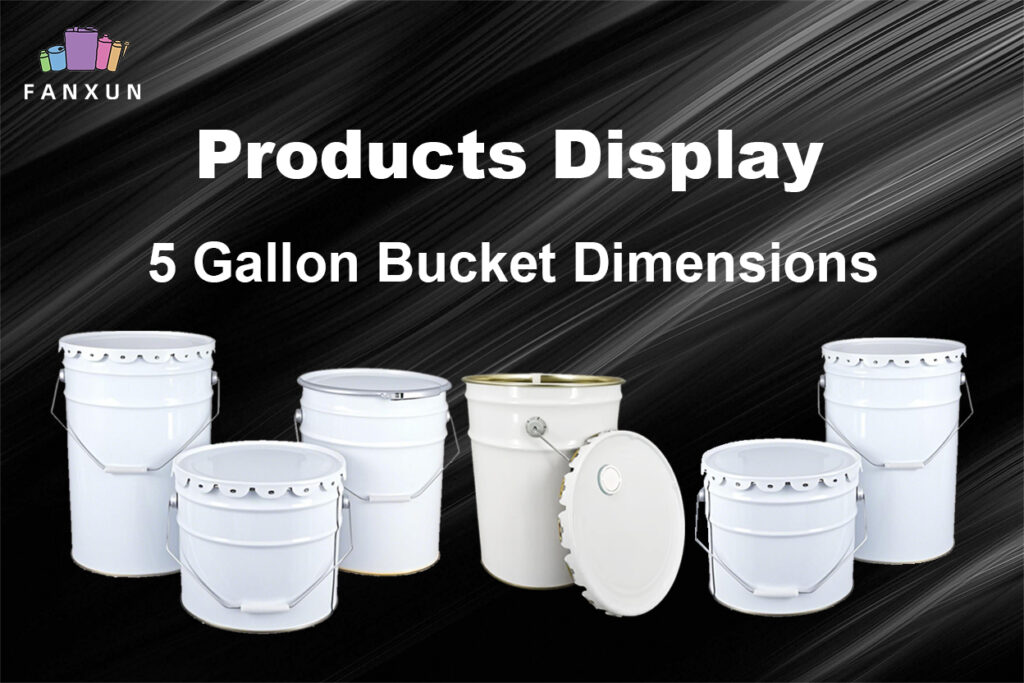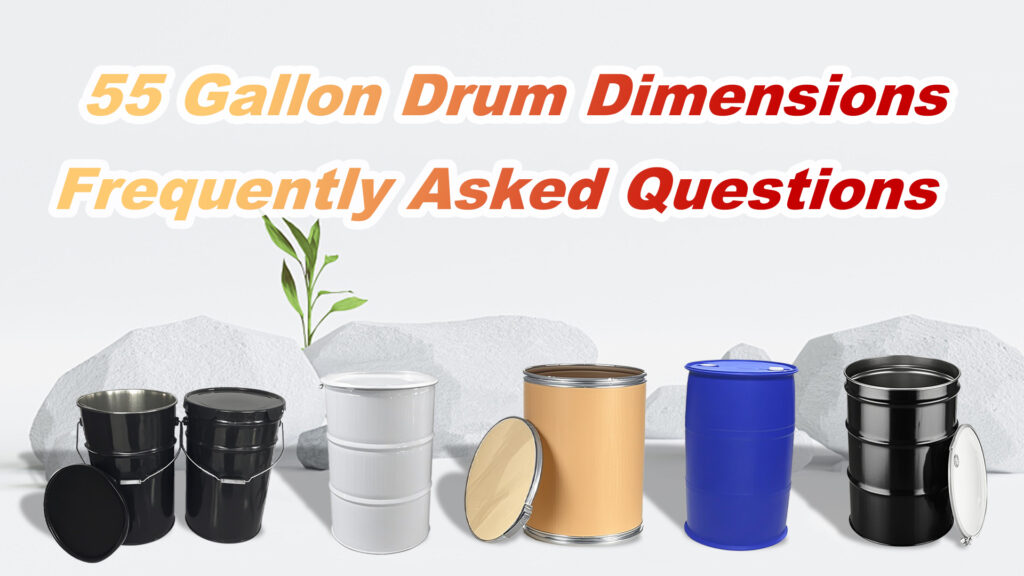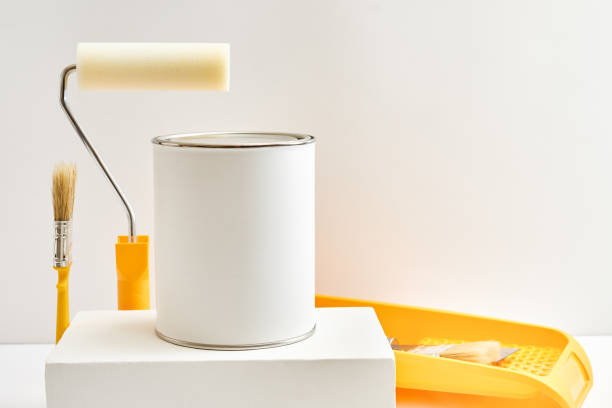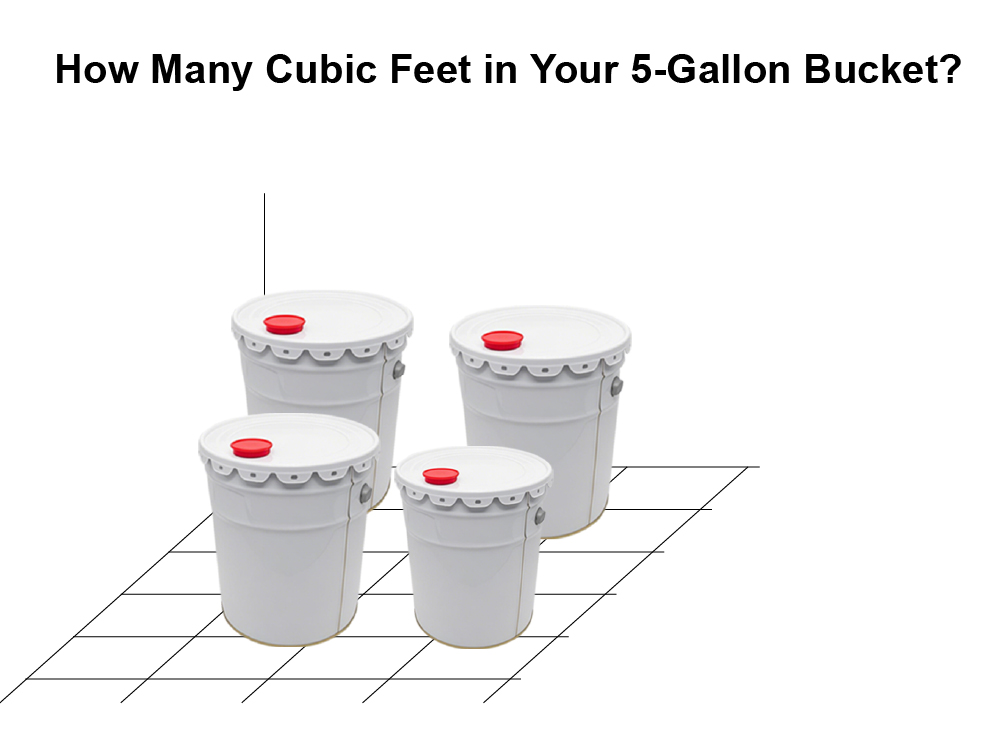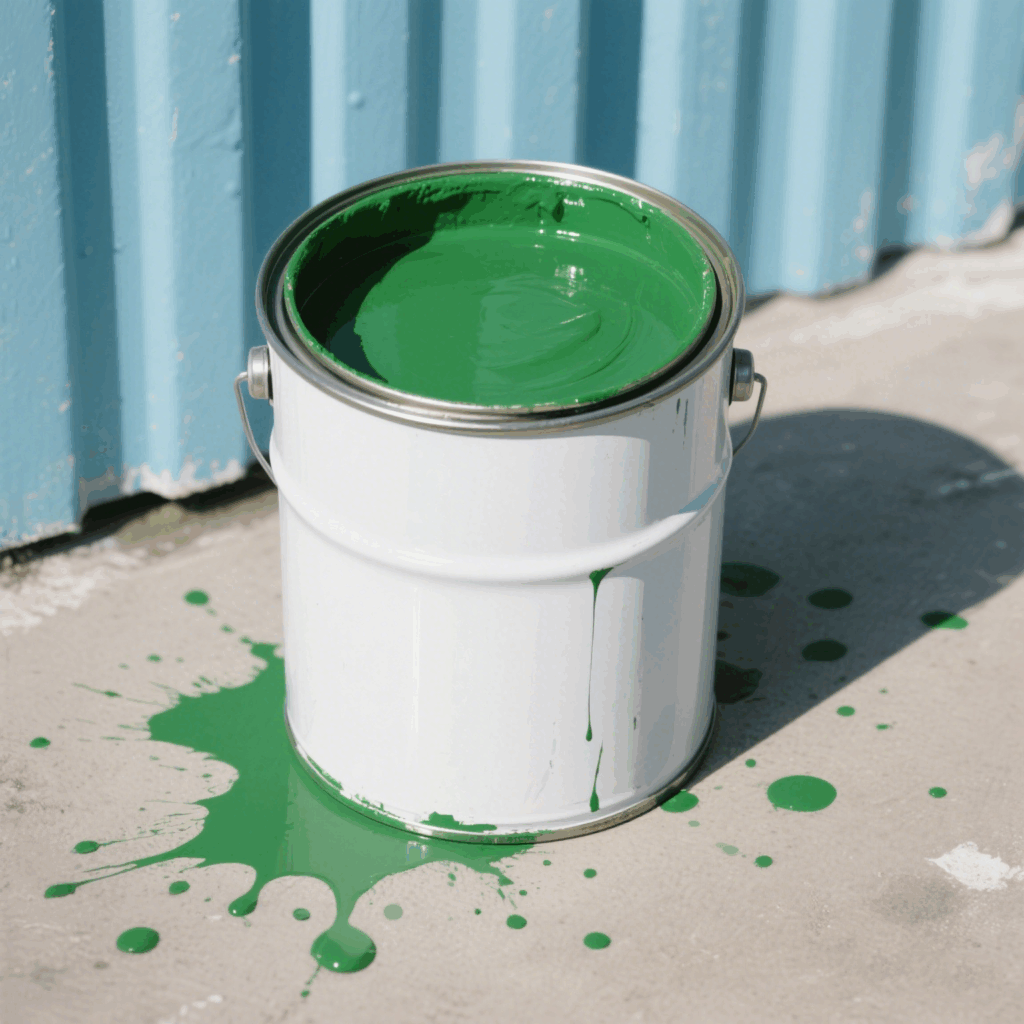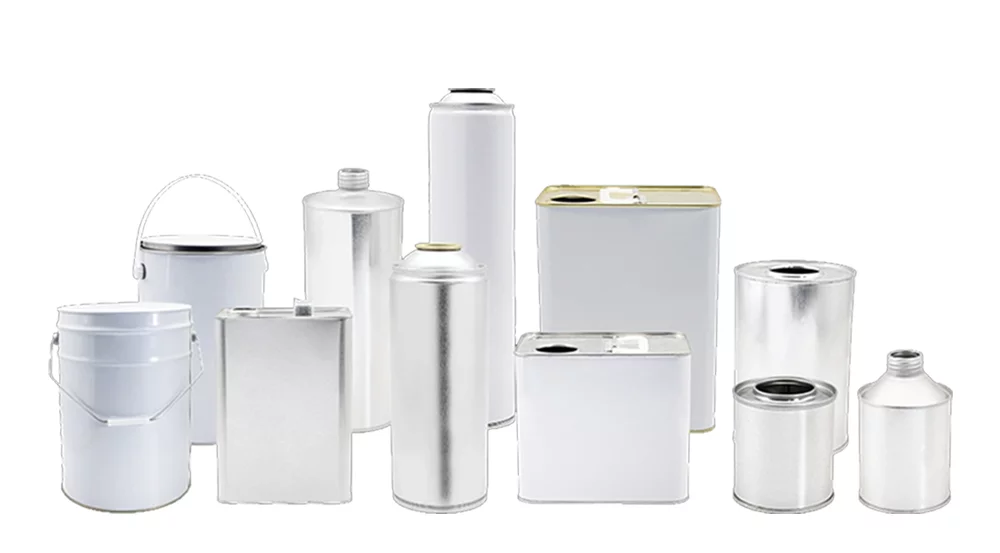You just got an oil change, and now your check engine light is glowing like a warning sign from the universe. Frustrating, right? You might even be asking yourself, “Did the oil change cause this?” You’re not alone. Many car owners face this exact situation, and the answer isn’t always straightforward.
이 기사에서는, we’ll look at this problem from a real driver’s perspective. Whether you’re a DIYer, just left a mechanic, or drive daily without caring much about what goes on under the hood, this article will help you understand what’s going on, what to check, and how to solve it.
예, an Oil Change Can Trigger the Check Engine Light—But Not Always
While an oil change itself doesn’t usually directly cause a check engine light, mistakes or oversights during the process can. Here’s what can go wrong:
| Possible Cause | What It Means | How It Happens |
|---|---|---|
| Loose Oil Cap | Engine vacuum system malfunction | Cap not tightened after oil change |
| Wrong Oil Type | Engine performance affected | Using oil with incorrect viscosity |
| Low Oil Level (Post-change) | Oil pressure sensor triggered | Not enough oil added |
| Unplugged Sensor | ECU can’t read engine data | Tech forgot to reconnect sensor |
| Oil Leak or Spill | Misfire or emissions issues | Residue burns or affects O2 sensor |
| Reset Not Performed | Confusion between maintenance vs. engine light | System not reset after oil change |
Realistic Scenarios from a Driver’s Perspective
Let’s say you just picked your car up after an oil change. You’re halfway home and—boom—the check engine light appears. What do you do?
-
First thought: “They must have done something wrong.”
And you might be right. It’s not uncommon for small things like an improperly tightened oil cap or a disconnected sensor to slip through. -
Second thought: “Is my engine in danger?”
Usually, no. But you shouldn’t ignore it either. A check engine light means your car’s onboard diagnostics (OBD-II system) detected a fault. It may be minor—but it could grow worse.
Step-by-Step: What You Should Do Next
1. Check the Oil Cap
Pop the hood and inspect the oil cap. Make sure it’s on tight and locked in place.
2. Inspect for Leaks or Residue
Look under the engine bay or near the exhaust manifold. If oil was spilled during the change, it might cause sensors to detect abnormal emissions.
3. Review the Oil Type and Level
Check your receipt or ask the mechanic what oil was used. Compare it to your car’s owner’s manual.
4. Use an OBD-II Scanner
You can buy one for $20–$40 online or visit an auto parts store—many will read your code for free.
| Error Code | Common Meaning | Oil Change Link |
|---|---|---|
| P0171 / P0174 | System Too Lean | Vacuum leak from loose oil cap |
| P0521 | Oil Pressure Sensor Range | Incorrect oil or low oil level |
| P0442 | EVAP Leak | Unsealed oil filler cap or dipstick |
5. Return to the Shop
If you just had service done, return and let them know about the light. They should inspect it for free.
Preventing This in the Future
-
Watch the tech during the oil change, especially at quick-lube chains.
-
Double-check your oil cap and dipstick before leaving.
-
Ask what oil is used—ensure it matches your car’s specs (예를 들어, SAE 5W-30 for many modern engines).
-
Keep an OBD-II reader in your glovebox—it saves time, money, and anxiety.
When It’s Not Related to the Oil Change
Sometimes, it’s just a coincidence.
Your car may have had an unrelated issue (like a failing O2 sensor or catalytic converter) that happened to trigger the light right after an oil change. That’s why reading the code is crucial.
Is It Safe to Drive With the Check Engine Light On?
In most post-oil-change cases, yes—for a short time.
But if:
-
The light is flashing, stop driving immediately.
-
You notice strange noises, smoke, or smells, pull over.
-
Your car feels sluggish, rough, or shakes, call for help.
자주 묻는 질문
Q: Can too much oil cause the check engine light?
에이: 예. Overfilling can create excess pressure and affect engine performance or trigger sensor alerts.
Q: Will the light go off on its own?
에이: If the issue was minor (like a loose cap) and is fixed, the light may turn off after a few driving cycles. Otherwise, use a scanner to reset it.
Q: Can I reset the light without fixing the issue?
에이: 예, but it’s not recommended. The light will likely come back if the root cause isn’t addressed.
Q: Can dirty oil cause the check engine light?
에이: Usually no, but very degraded oil can lead to poor performance or trigger oil pressure sensors, especially in older engines.
Q: Can a mechanic cause damage during an oil change?
에이: It’s rare, but it happens. Over-torquing the drain plug, using the wrong oil, or forgetting to reconnect sensors can lead to issues.
Final Thoughts
If your check engine light came on after an oil change, don’t panic—but don’t ignore it either. Most of the time, it’s something minor and fixable. Whether it’s a simple oversight like a loose cap or a mismatched oil type, a little attention can go a long way in keeping your engine happy.
Taking a few minutes to investigate can save you money, stress, and even prevent more serious problems down the line.















